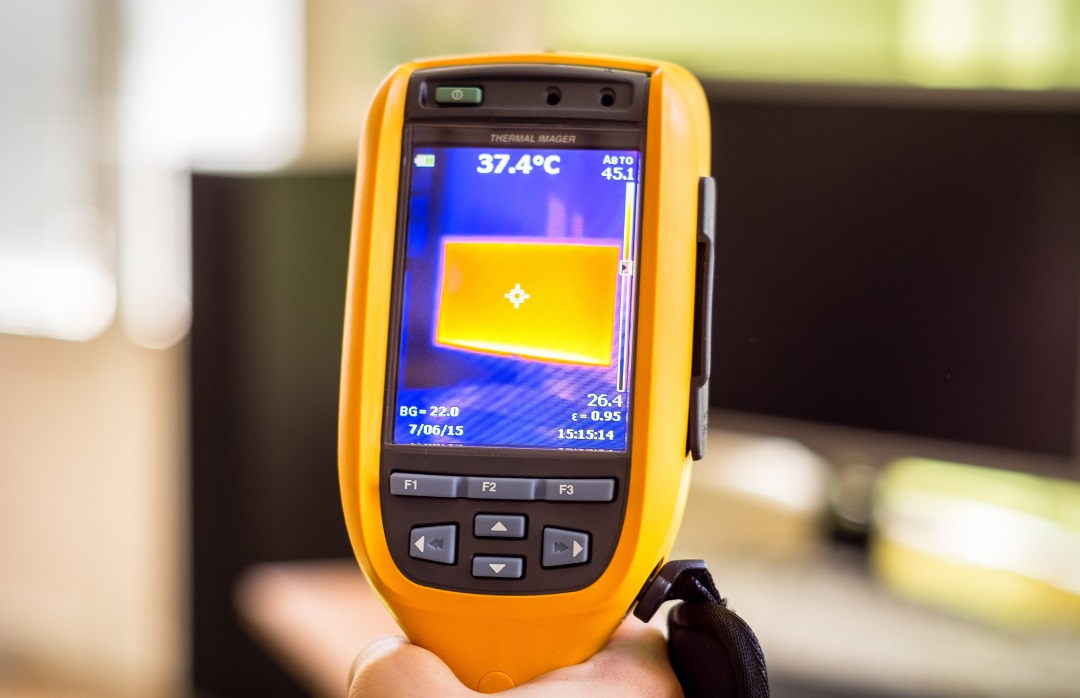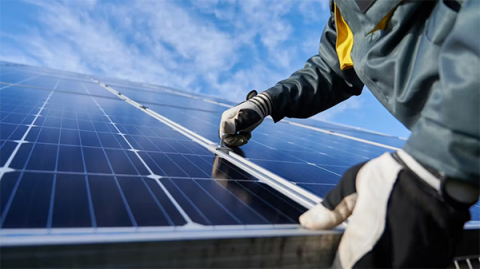Top 10 Inspection and Monitoring Companies
Inspection and monitoring form the foundation of modern industrial safety and quality assurance. This industry focuses on systematic evaluation to ensure asset integrity, regulatory compliance, and operational efficiency. It covers a wide range of services, from infrastructure checks to environmental tracking. Companies now use advanced technology like drones, sensors, and data analysis to prevent failures and optimize performance. As global demand for safety and sustainability grows, the sector is shifting from traditional manual methods to digital, predictive solutions.

Industry Overview and Key Terms
Inspection is a formal assessment of equipment, structures, or systems. It confirms if they meet specific standards, like API 570 for pipelines. Monitoring involves continuous or regular data collection to track condition changes. Examples include vibration monitoring and corrosion rate tracking. Key terms include MTBF (Mean Time Between Failures) and RBI (Risk-based Inspection). The industry follows strict rules from groups like OSHA for safety, ISO 9001 for quality, and the EPA for the environment.
How We Choose the Top Companies
We use clear, objective measures to rank companies. We look at technical skills, like the use of advanced NDT methods such as phased array ultrasound. We check global reach and local support. We review industry expertise, with certifications in oil and gas, power, or manufacturing. We note innovation, such as patents or AI use cases. We also consider client feedback from major firms like Fortune 500 companies. We focus on providers that offer integrated solutions, not basic services. important factors include data security protocols like ISO 27001 and response time SLAs.
Leading Companies and Their Technologies
Bureau Veritas leads with its digital platform, BvDrones. This system uses drones for inspections, cutting manual risk by over 50% in wind turbine checks. SGS Group has a global lab network for material analysis. It uses tools like spectrometers to test alloy content. Intertek offers Asset Integrity Management software. It combines corrosion data to predict how long equipment will last. These firms handle complex projects, from offshore platform inspections to supply chain audits.
New Technologies and Trends
Innovation is changing the industry. Drones and remote sensing are popular. For example, FLIR thermal cameras check electrical systems. IoT sensor networks use wireless strain gauges to monitor bridge stress in real time. AI prediction models analyze past failure data to foresee issues. Digital twins create virtual copies of physical assets for testing. Challenges include sensor calibration needs, like ±0.1% accuracy, and data integration. Reports from firms like DNV GL highlight these trends each year.
Uses and Real-World Examples
In oil and gas, companies use smart pigs for pipeline inspections. These tools find corrosion as small as 0.1mm deep. In renewable energy, drone inspections of wind turbine blades save up to 40% in costs. Manufacturing uses online thermal monitoring to prevent bearing failures. Infrastructure projects use health monitoring systems for bridges. One company reduced equipment downtime by 30% through vibration analysis. These cases show clear, measurable results.
How to Pick a Supplier
Start by defining your needs. base inspection frequency on risk level. Check if the provider's tech fits your requirements. For example, you might need ATEX-certified gear for explosive areas. Verify staff credentials, like ASNT NDT Level III certifications. Review how data is delivered, such as through cloud APIs. Analyze total cost of ownership, not just price per service. Ask about emergency response times and data ownership terms. Choose partners that offer full lifecycle support, not one-time jobs.
What Comes Next
The future points to more automation, with wider use of inspection robots. Standardization efforts aim to unify data formats globally, following standards like ISO 18436. Sustainability is key, with more integration of carbon footprint tracking. Success depends on mixing technology with deep industry knowledge. Select vendors with strong R&D and sector-specific expertise. Avoid common mistakes, like relying too much on one technology or ignoring local support.




